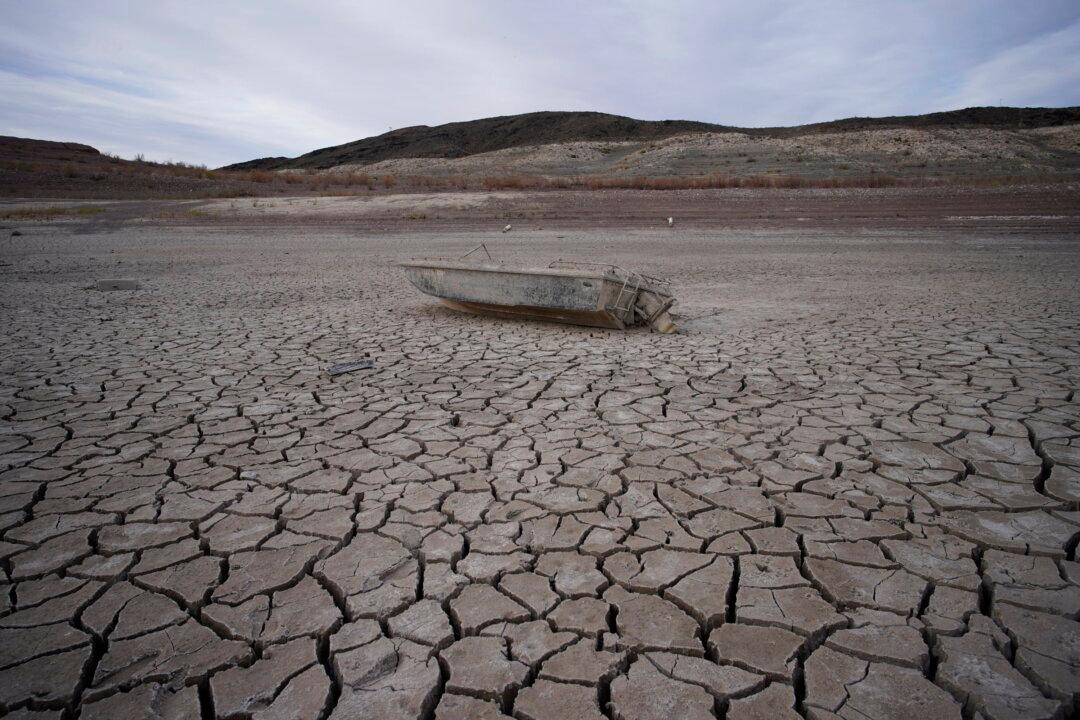Commentary
The River of Doubt, Rio da Duvida, now known as the Roosevelt River, is a tributary of the Aripuanã River, which, in turn, via the Madeira River, flows into the Amazon. It nearly killed Theodore Roosevelt after he was the first white man to explore it following his loss during the 1912 presidential election. It’s a treacherous river, rarely traveled, and unforgiving.





